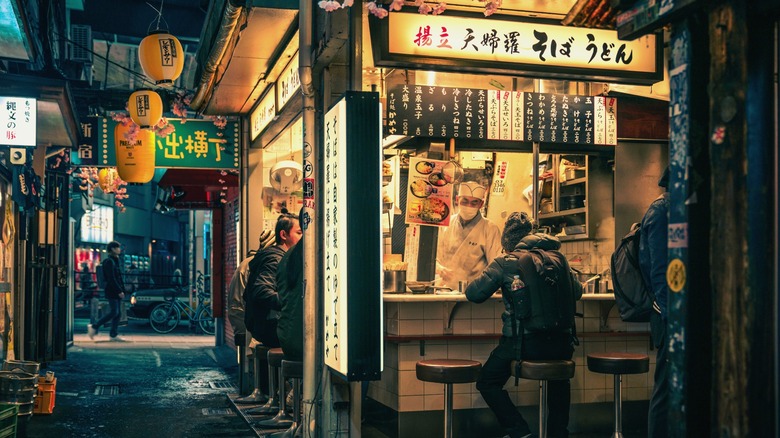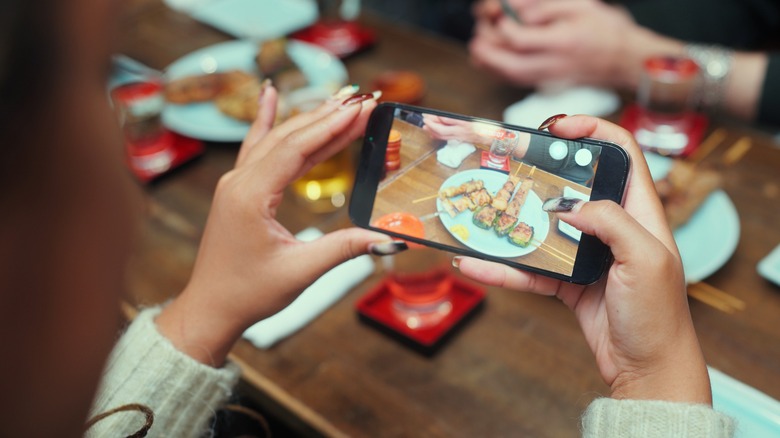Travel Guides Culinary Vacations
Shelly Abramovich
Food tourism, also known as culinary tourism, is all about traveling far and wide to taste and learn about unique cuisines and culinary cultures. From mouth-watering thin-crust pizza in Napoli, and exquisite omakase dining in Kyoto, to street-side pho in Hanoi, buttery croissants in Paris, and sugary beignets in New Orleans — this is where the excitement of travel meets the universal language of food, an undeniably delicious combination.
But before you hurriedly and hungrily hop on your flight in impatient hopes of having the best spanakopita of your life in Greece or the soupiest xiaolongbao in Hong Kong, take a moment and unleash your inner foodie detective. This is the first and crucial step — do your research and thoroughly investigate the destination’s food scene before your culinary adventure even begins. Familiarize yourself with local dishes, street food, regional specialties, markets, farms, cooking classes, and unique dining experiences.
Planning your gastronomic journey will help you know exactly where the best spots are and which ones are best avoided. To streamline your food tourism experience with some tech-savviness, look into starting a favorites list on Tripadvisor or Google Maps, so you can keep note of the restaurants, cafes, beerhalls, gelaterias, or izakayas you want to visit. If you are vegan or vegetarian, the HappyCow app can be your global foodie guide, providing details, reviews, and directions to thousands of plant-based establishments worldwide.
Live the culinary story of your destination

Marcus Morgan/Shutterstock
To get the most out of your food tourism experience, immerse yourself in the local culture. Venture beyond the typical tourist traps and seek out places where locals dine. If the area is bustling, the food smells good, and you don’t see many tourists around — you may have won yourself a gourmet jackpot. Street food stalls, farmer markets, and neighborhood eateries often serve the most authentic and tasty food. Stray from the beaten path and walk the food trails of the locals. Zapiekanka? Pampoenkoekies? Shakshuka? Yes, please!
Speak to chefs, vendors, and locals to better understand the cuisine. Don’t just eat; engage. You’ll often discover hidden gems and learn the stories behind the food you’re eating. Instead of coming somewhere to munch quickly and taking lots of pictures before moving to the next item on your itinerary, practice conscious culinary tourism — take it slow, have a chat, and sink your teeth into the experience.
A food tourism 2021 study published in the Journal of Hospitality & Tourism Research suggests that foodie trips become memorable through social interactions, senses, and feelings, trying new things, paying attention, and mindfully reflecting on the experiences. Those who love food and drink and travel for it felt these experiences stuck in their memory the most. Try something new; sign up for cooking classes, wine or beer tastings, food tours, or a farm stay. These hands-on experiences are not only educational but can also be some of your most memorable activities.
Respect, learn, and revel in your food journey

Recep-bg/Getty Images
Your food journey is not just an exploration but a recipe with two ingredients: respect and learning. Each place has its food etiquette and traditions. As a visitor, you should respect these practices; they show appreciation for the culture; also, educate yourself before your arrival to avoid any unintentional offense. For example, in most Asian countries, it is highly taboo to stick two chopsticks vertically into a bowl of rice — a symbol of death, bad luck, and an invitation for spirits to dine with you. That’s an RSVP you don’t want to receive.
In the age of Instagram and food blogging, documentation has become an integral part of our dining experiences. However, chronicling your gastronomic expedition goes beyond just photos — it involves capturing the stories, customs, and unique personal moments that come with each dish you enjoy. Consider keeping a travel journal, blog, or vlog, where you can note down recipes, local anecdotes, and reflections to keep lasting memories of your adventure.
The heart and soul of food tourism is the thrill of discovery. Sample dishes you can’t pronounce, indulge in local delicacies, and experiment with unfamiliar ingredients. Do not be passive — embrace this lively, interactive experience that engages your senses and transports you to a different world. Food tourism is more than just food; it’s about the people, stories, and cultural insights that come with it. Let the world be your dining table.

